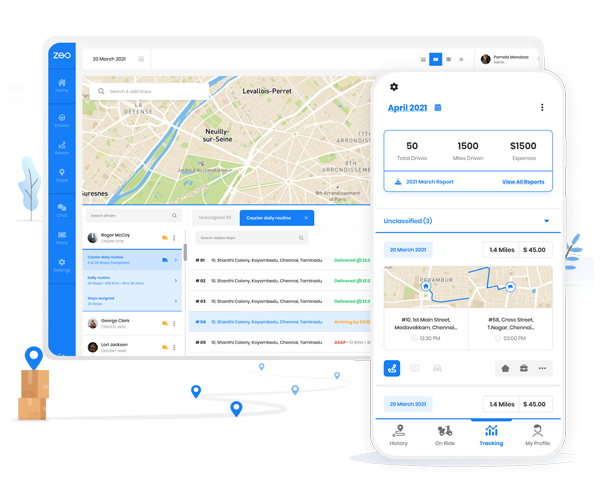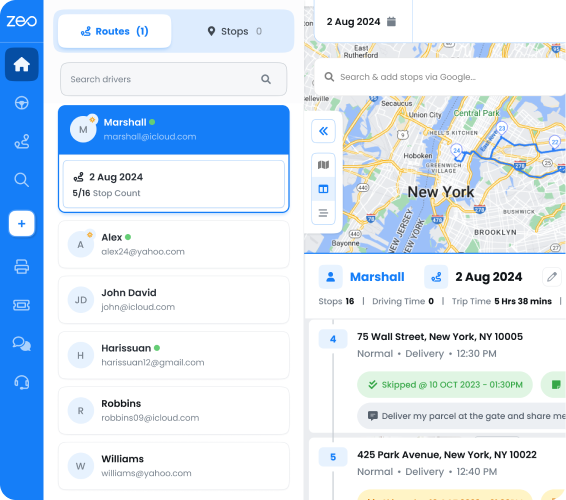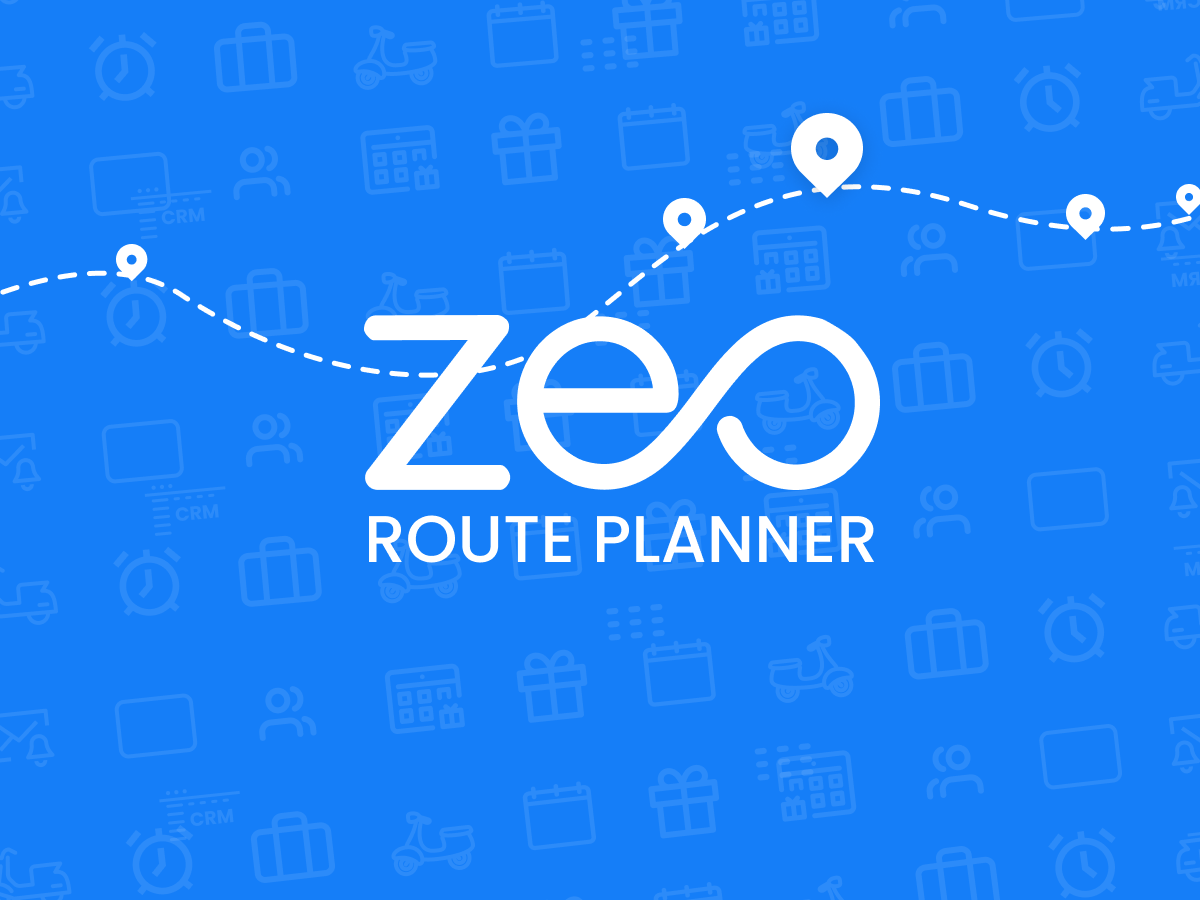Updated on: July 18, 2025
For a long time, people thought logistics was mostly about manual work. Lots of paperwork, physical coordination, and human effort. But that’s quickly changing.
Automation is now transforming how logistics is managed — making things faster, more efficient, and much easier to control. Whether it’s managing warehouse operations, planning delivery routes, or keeping customers informed, automatic logistics operations are helping businesses work smarter and grow faster.
Let’s break it down.
What Is Automation in Logistics?
Automation in logistics means using technology to take care of tasks that were done manually. This could be anything from creating delivery routes with AI to tracking packages or sending updates to customers automatically.
The idea is simple: let machines handle the repetitive stuff, so your team can focus on more important things.
Automation cuts down on mistakes, speeds up the entire process, and gives you better control over every part of the operation.
And in today’s world, where customers expect fast and accurate deliveries, that can make all the difference.
Why the Industry Needed Automation
As online shopping grew, logistics had to keep up with the pace. There were more orders, tighter delivery windows, and higher customer expectations. Businesses needed to deliver faster, communicate better, and fix problems before they even became problems.
But manual systems couldn’t handle that kind of pressure.
Dispatchers were overloaded. Drivers lost time on poorly planned routes. Support teams were flooded with calls asking about order updates. And last mile delivery, the final and most critical leg of the journey, became even more challenging.
That’s when automatic logistics operations stepped in. Automation helped companies organize their operations, speed up processes, and scale up without losing efficiency.
Where Automation Is Making the Biggest Impact
Here’s where automation is truly changing the game, and why it’s helping logistics businesses succeed.
- Smarter Warehousing
Warehouses used to be hectic. Items got misplaced, orders were delayed, and employees spent too much time just looking for things.Now, with automation, everything is more organized. Smart systems track inventory in real time. Barcode scanners, RFID tags, and digital shelves help you know exactly where every item is. Inventory levels are always up to date, and restocking happens right when it’s needed.
The result? Faster packing, fewer mistakes, and smoother operations.
- AI-Driven Route Optimization
Route planning is time-consuming and often inefficient. Dispatchers have to consider timing, location, driver schedules, and more, and that’s before any unexpected changes.increase fuel savings
Save $200 on fuel, Monthly!
Optimize routes with our algorithm, reducing travel time and costs efficiently.
Get Started for FreeAI handles this instantly.
With route planning tools powered by automation, routes are created based on all the right factors — delivery windows, location, and driver load. These tools can even adjust routes during the day when things change.
For last-mile delivery, this means you’re always on time, every stop is in the right order, and your customers stay happy. - Automated Dispatching
Planning which driver takes which delivery can feel like solving a puzzle every single day. One mistake, and the whole schedule can go sideways.Automation solves this by assigning tasks automatically. It chooses the best driver for each job based on availability, location, and route, no spreadsheets, no calls, no confusion.
This keeps the process flowing smoothly and saves time for everyone involved.
- Real-Time Customer Notifications
Customers want to know what’s going on with their delivery. When it’s coming, where it is, and when it arrives.
Automated updates take care of that. Notifications are sent through SMS or your app at every important step, when the delivery starts, when it’s close by, and once it’s done.This builds trust with your customers, cuts down on support calls, and makes your service feel professional and reliable.
- Digital Proof of Delivery
Paper receipts and verbal confirmations are easy to lose, and easy to dispute.
With automation, proof of delivery is digital. Drivers can snap a photo, get a signature, or add a quick note through
their phone. Everything syncs with your system instantly.Now you always have a clear record of what happened at each stop. No confusion, no back-and-forth.
- Smarter Handling of Returns and Failed Deliveries
Not every delivery goes smoothly. Sometimes customers aren’t home, or something goes wrong with the address. In the past, that meant delays and a lot of manual rework.Automation helps by flagging missed or failed deliveries right away. Those stops can be rescheduled or reassigned without slowing down the rest of the day.
This keeps last-mile delivery fast and flexible, even when there’s a hiccup.
The Time to Automate Is Now
The logistics industry is moving faster than ever. And automation is the key to keeping up.
It’s not about removing people from the process. It’s about giving your team better tools so they can do their jobs with more speed, less stress, and fewer mistakes. From smarter warehouses to more reliable last-mile delivery, automation is what takes your operation from good to great.
If you want to save time, reduce chaos, and create a better experience for your customers, now’s the time to invest in automatic logistics operations. Build a setup that scales with your business and works for your team, not against them.

Are you a fleet owner?
Want to manage your drivers and deliveries easily?
Grow your business effortlessly with Zeo Routes Planner – optimize routes and manage multiple drivers with ease.

increase fuel savings
Save 2 Hours on Deliveries, Everyday!
Optimize routes with our algorithm, reducing travel time and costs efficiently.
Get Started for Free





















